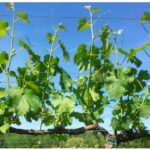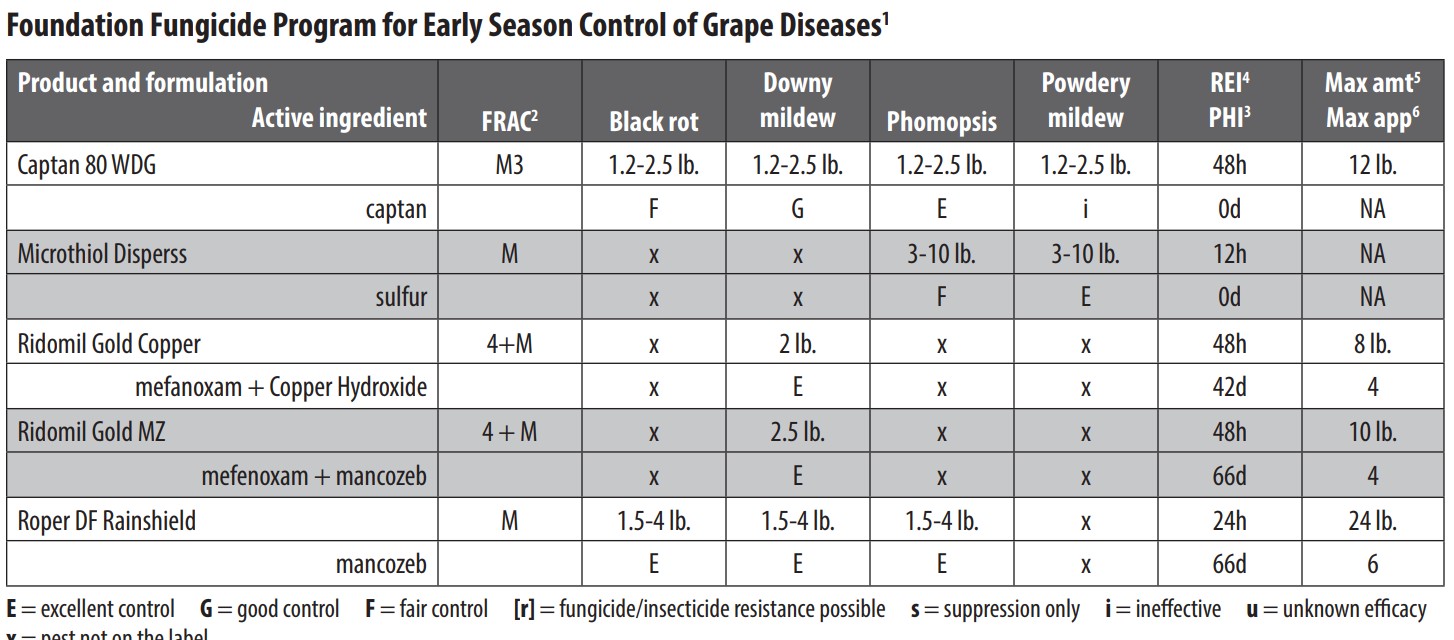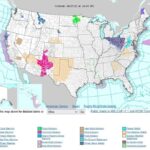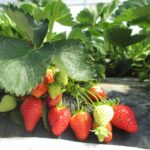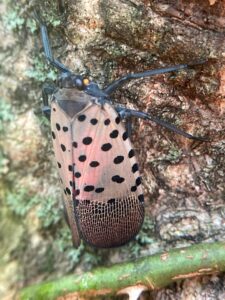Shoot thinning is a canopy management practice that involves removing shoots in the grapevine canopy to reduce shoot density and help balance vegetative and reproductive growth. Potential benefits of shoot thinning: Improved air circulation Improved sunlight penetration Reduction of disease pressure Increased spray penetration *shoot thinning and positioning not only affects the current season’s growth,[Read More…]
Participate in the 2022 Office of the Indiana State Chemist (OISC) Pesticide Clean Sweep Project, which is designed to collect and dispose of suspended, canceled, banned, usable, opened, unopened or just unwanted pesticides (herbicides, insecticides, rodenticides, fungicides, miticides, etc.). This is a great opportunity to legally dispose of unwanted products at little or no cost.[Read More…]
Grapevines are in early stages of growth across the state, from bud break to 10 inch shoots. Significant shoot growth is expected with the warm weather predicted for this week. This is a very important time to maintain preventative control over major grape diseases including Phomopsis, black rot, powdery mildew and downy mildew. Fungicide application[Read More…]
Cold temperatures throughout March and April have led to delays in grapevine phenology ranging from 7-14 days behind normal. Generally speaking, later bud break reduces the risk of spring frost damage. However, warm weather over the weekend has progressed bud development greatly. Buds are in various stages of growth across the state, ranging from bud[Read More…]
The next strawberry Chat will be on April 6, 12:00-1:00 pm EST. Dr. Bruce Bordelon will be our guest for the April 6 strawberry chat. We will discuss spring activities for the traditional way of growing strawberries, the matted-row system. Dr. Bruce Bordelon will share practical advice on growing strawberries in the matted-row system. You[Read More…]
Late Spring freezes are becoming more and more common, and it is important to take action to prevent damage to your buds. A practice called double pruning can help avoid spring frost injury. Double pruning involves pruning the canes to 2-3x the desired amount of buds during the winter, which delays budbreak (and the risk[Read More…]
Adapted from IDNR Press release and Purdue Landscape Report The Spotted Lanternfly (SLF) has been found in Indiana A homeowner in Vevay, IN contacted DNR’s Division of Entomology & Plant Pathology (DEPP) last week with a picture of a red immature stage near their home. DEPP staff surveyed the site and discovered an infestation[Read More…]
Tissue analysis is the most reliable means of determining plant nutritional status. Combined with soil testing, tissue analysis can help pinpoint the source of problems and determine what measures may be needed to ensure proper nutrition of the crop. Tissue analysis samples should be collected at the appropriate time to give the most meaningful results.[Read More…]

